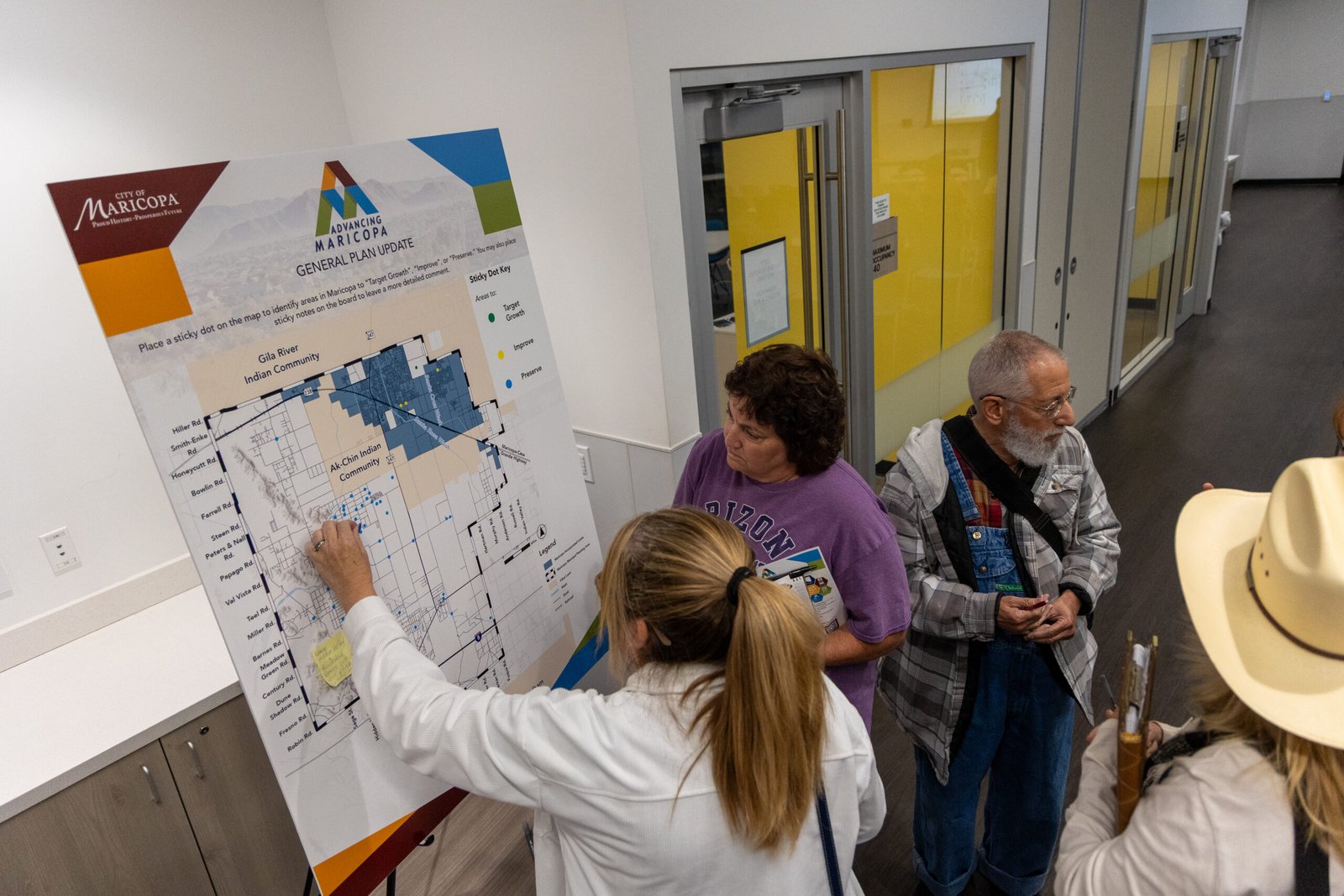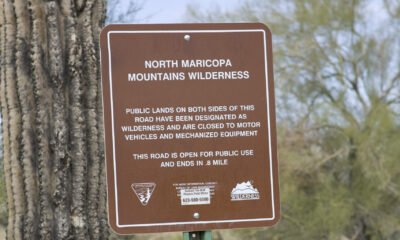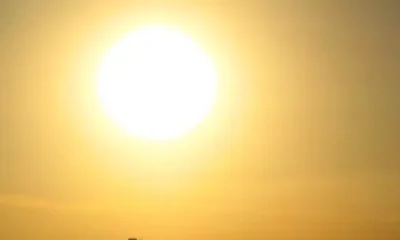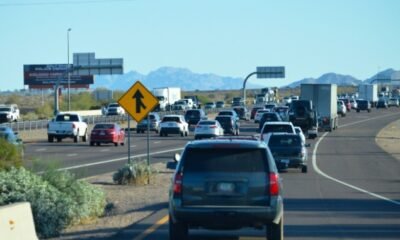Bob Marsh
Voters Cast Their Voices on the City’s Future Vision

The first of three community workshops for Maricopa’s General Plan was held on March 7 at the Maricopa Library & Cultural Center. This plan, updated every decade, outlines the city’s goals and actions for the next 10 to 20 years, much like a vision board for future development.
According to the planning website, the General Plan serves as the foundational policy document guiding Maricopa’s physical, economic, and social decisions, addressing a wide range of community issues from land use to parks. The last plan, adopted on May 17, 2016, emphasized mixed-use development to reduce sprawl and promote walkable spaces connecting residential and commercial areas.
Arizona law mandates that municipal plans thoroughly consider aspects such as land use, growth areas, and neighborhood preservation. The initial public meeting was an opportunity for community members to share their thoughts, following council member Bob Marsh’s call for public input.
Desert Sunrise sophomore Brendan Smal noted, “We’re only starting our growth, and I think that’s great to see.” His classmate Katie Hein found the mapping presentation intriguing, raising an essential question: “How far do we want to go with Maricopa?”
Concerns were raised by Hidden Valley residents about their voting rights regarding the Maricopa plan. Tina Dugan, a Glennwilde resident, questioned the validity of public votes if officials could later alter the plan without community approval. Her concerns regarding transparency reflected a broader unease among residents about the proposed developments.
Rich Vitiello, a county supervisor and former Maricopa official, acknowledged these issues, emphasizing the importance of collaboration. “I need to listen to both sides of the coin because I represent both,” he remarked, highlighting the need for balanced growth among varying interests.
Two more public hearings are scheduled before the General Plan is presented to the Maricopa City Council for approval and subsequently to voters in 2026. The community continues to engage in this critical planning process, seeking to ensure that their voices are heard.


















